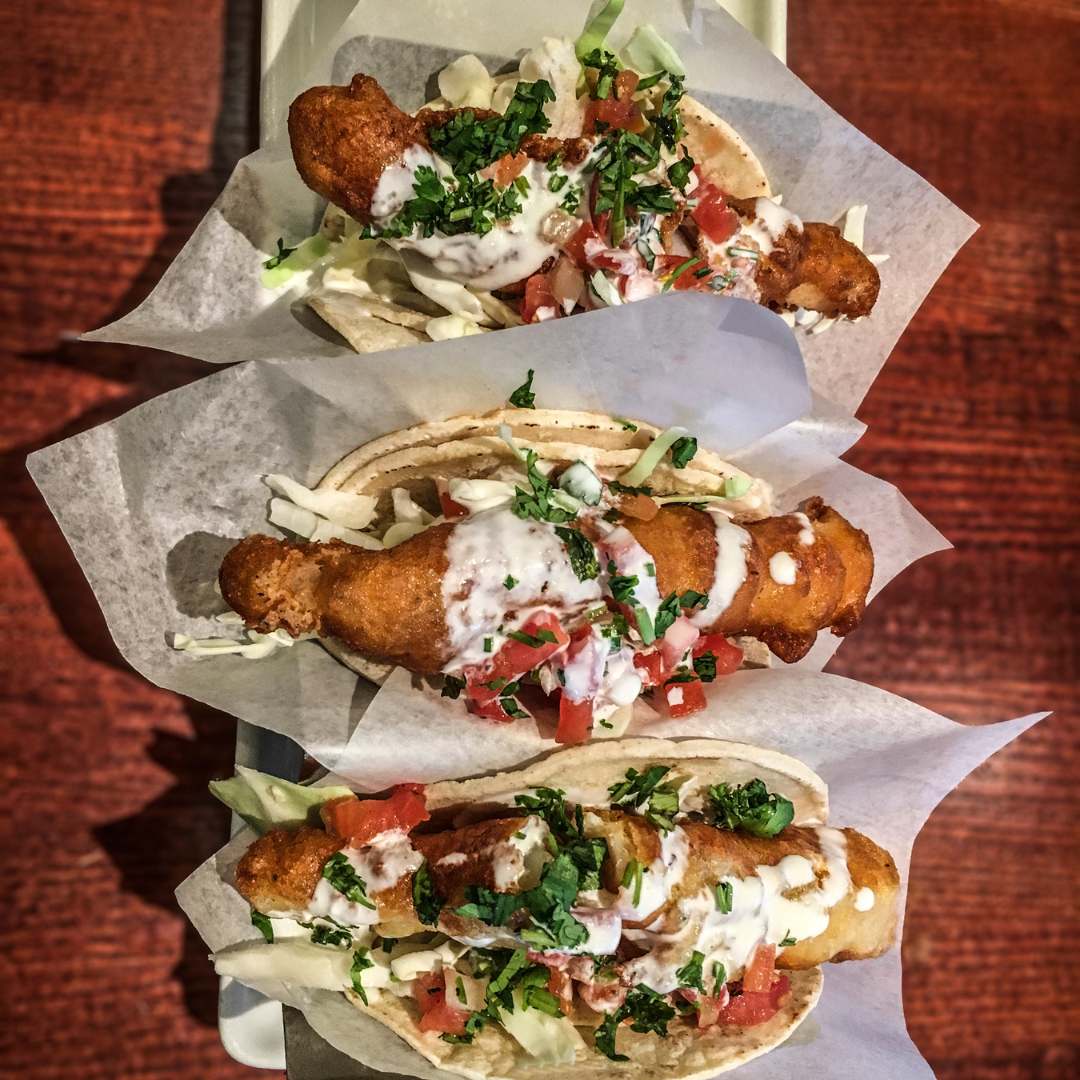What is the white sauce on fish tacos made of?
The white sauce on fish tacos is a common topping that adds a creamy and tangy flavor to the dish. The sauce is usually referred to as “Baja sauce” or “fish taco sauce”. While the exact recipe can vary depending on personal preference, the sauce typically includes mayonnaise, sour cream, lime juice, garlic, and seasonings such as cumin, chili powder, and cayenne pepper.
The History of the Sauce
The history of Baja fish taco sauce is closely tied to the history of Baja-style fish tacos, which originated in the coastal region of Baja California in Mexico. The dish is believed to have been invented in the 1950s by street vendors who served deep-fried fish fillets on soft tortillas with a variety of toppings and sauces.
The sauce that is now commonly known as Baja sauce or fish taco sauce is thought to have been created by Ralph Rubio, a California native who fell in love with Baja-style fish tacos during a trip to Mexico in the 1970s. Rubio returned to the United States and opened a chain of fast-casual restaurants called Rubio’s Coastal Grill, which specialized in Baja-style fish tacos and other Mexican-inspired dishes.
Rubio developed his own recipe for the white sauce that he served with his fish tacos, which he called “white sauce” or “secret sauce”. The sauce was a blend of mayonnaise, sour cream, lime juice, garlic, and seasonings, and it quickly became a hit with customers. Rubio’s restaurants spread throughout California and other parts of the country, and his white sauce became a signature element of the Baja-style fish taco.
An Ever-Evolving Sauce
Over the years, other chefs and restaurants have put their own spin on Baja sauce, adding different ingredients and flavors to create unique variations. Some versions use yogurt or buttermilk instead of sour cream, while others add chipotle peppers, cilantro, or other herbs and spices to give the sauce more depth and complexity.
Today, Baja fish taco sauce is a staple topping for fish tacos and other Mexican-inspired dishes. It is a versatile sauce that can be adjusted to suit a wide range of tastes and preferences, and it continues to be an important part of the history and evolution of Baja-style fish tacos.
Baja California is a coastal region in Mexico that borders the Pacific Ocean and the Gulf of California. The region has a rich culinary tradition that is influenced by its coastal location and the availability of fresh seafood, as well as its proximity to the United States and the fusion of Mexican and American flavors.
Here are some of the regional dishes that are popular in Baja California:
- Fish Tacos: Baja-style fish tacos are a staple of the region and are made with deep-fried fish fillets, shredded cabbage, pico de gallo, and a white sauce. The tortillas are usually soft and small, and the fish is often battered in beer or seasoned flour before frying.
- Shrimp Tacos: Like fish tacos, shrimp tacos are also popular in Baja California and are typically served with a variety of toppings such as avocado, salsa, and crema. The shrimp may be grilled, fried, or sautéed, and can be marinated in lime juice or other seasonings for added flavor.
- Ceviche: Ceviche is a popular seafood dish in Baja California that is made by marinating raw fish or shrimp in lime juice and other seasonings until it is “cooked” by the acid. The ceviche is typically served with avocado, cilantro, and onion, and may be accompanied by tortilla chips or tostadas.
- Tostadas: Tostadas are crispy fried tortillas that are topped with a variety of ingredients, including seafood, beans, meat, and vegetables. In Baja California, seafood tostadas are particularly popular and may be topped with ceviche, shrimp, octopus, or other types of seafood.
- Carne Asada: Carne asada is a grilled beef dish that is popular throughout Mexico, but is especially beloved in Baja California. The beef is marinated in a mixture of lime juice, garlic, and other seasonings before grilling, and is typically served with rice, beans, and tortillas.
- Baja-style Clam Chowder: Baja-style clam chowder is a regional twist on the classic New England-style chowder. The soup is made with fresh clams, tomatoes, potatoes, and other vegetables, and is seasoned with Mexican spices such as cumin and chili powder.
Finally…
Overall, Baja California’s cuisine is known for its fresh seafood, bold flavors, and fusion of Mexican and American influences. The region’s dishes are beloved by locals and visitors alike and have become an important part of Mexico’s culinary heritage.
White Sauce for Fish Tacos
Equipment
- Bowl
- Spoon
- Measuring Spoons
Ingredients
- 1/2 cup mayonnaise
- 1/2 cup sour cream
- 2 tablespoons lime juice
- 1 clove garlic minced
- 1/2 teaspoon cumin
- 1/2 teaspoon chili powder
- 1/4 teaspoon cayenne pepper
- Salt and pepper to taste
Instructions
- In a mixing bowl, combine the mayonnaise, sour cream, lime juice, garlic, cumin, chili powder, cayenne pepper, and a pinch of salt and pepper. Mix well until everything is fully combined.
- Taste the sauce and adjust the seasoning as needed, adding more salt or lime juice as desired.
- Cover the bowl and refrigerate the sauce until you're ready to serve it with the fish tacos.
- When serving, drizzle the white sauce generously over the fish and toppings, or serve it in a small bowl on the side.
Notes




